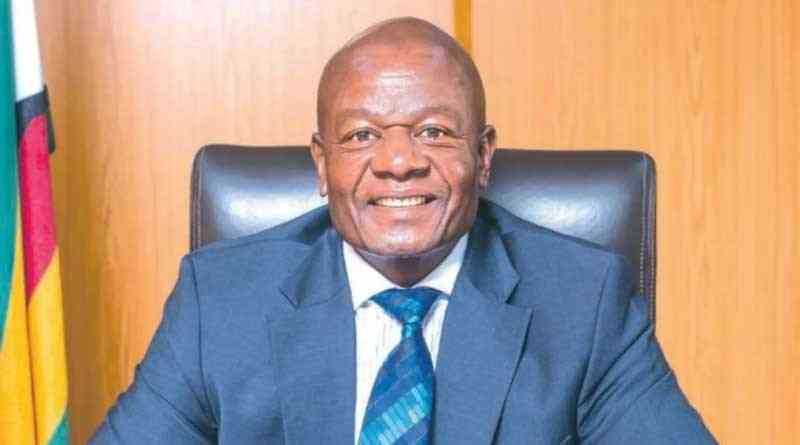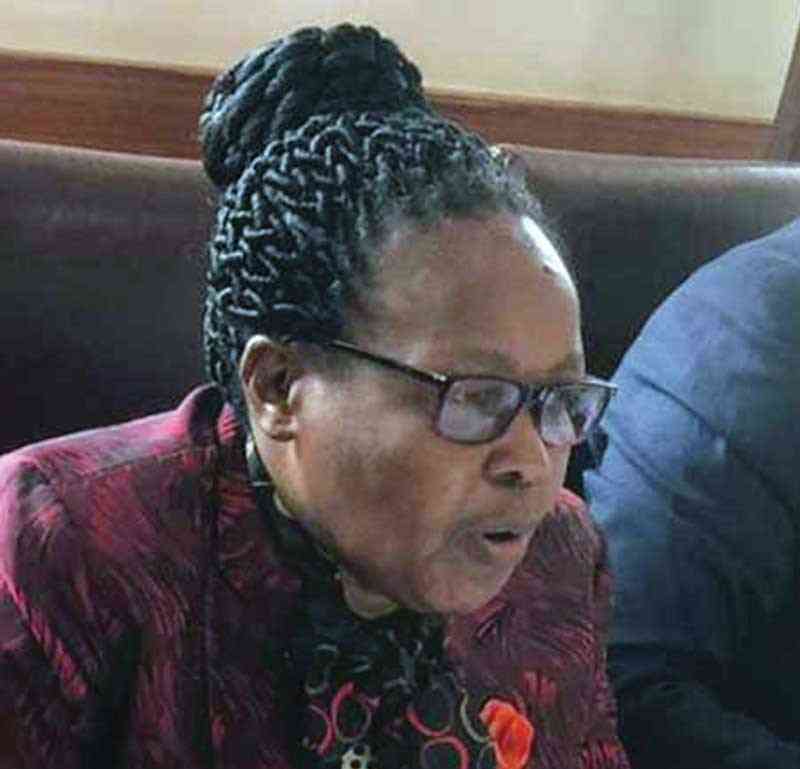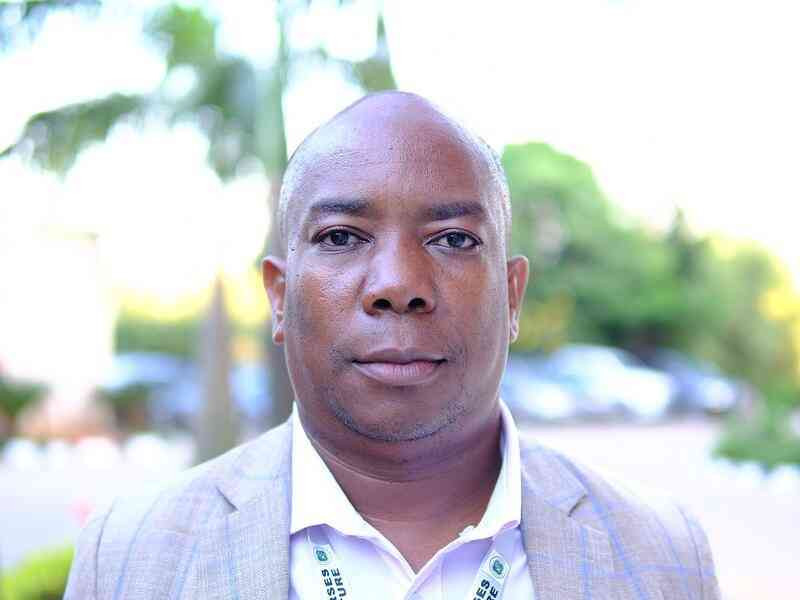THE Zambezi River Authority (ZRA) says the usable live storage at one of the world’s largest man-made lakes has declined to 8,23% this year from 25,93% last year, largely due to the El Nino-induced drought which reduced inflows.
ZRA, which operates, maintains, monitors and regulates the water level in the Kariba reservoir, is jointly owned by Zimbabwe and Zambia.
According to ZRA, water for power generation has declined to 5,33 billion cubic metres (BCM) from 18,60BCM recorded in the same period last year.
The low water level at Kariba has resulted in the lake having 116BCM in dead storage, that is, water that is unavailable for power generation.
The reduction in water level threatens power generation in Zimbabwe and Zambia, triggering load-shedding.
Zesco, Zambia's power utility, has introduced a 21-hour load-shedding schedule while in Zimbabwe power cuts have become a daily occurrence, although not as severe as the ones across the Zambezi.
Keep Reading
- Power crisis needs practical solutions
- Power crisis needs practical solutions
- Power crisis: It can’t be business as usual
- New perspectives: Why Southern Africa is facing an energy crisis
With an installed capacity of 1050MW, Kariba generated 215MW yesterday, amid fears that shut down is imminent due to low water level.
Before the water challenges, Kariba was a reliable generator of electricity as Hwange Power Station was prone to breakdowns due to ageing equipment.
The tables have turned with the coal-fired Hwange being the saviour, generating 929MW yesterday.
This brings to the fore the need to diversify power sources.
Statistics from the Zimbabwe Energy Regulatory Authority (Zera) show that it licensed over 100 independent power producers (IPPs) with an installed capacity of 6 504MW which has the potential to make Zimbabwe one of the biggest power exporters in the region.
The IPPs yesterday generated 39MW.
Government needs to investigate the challenges which have resulted in IPPs failing to take off.
The bulk of the IPPs are in the renewable space which dovetails with government policy to scale up renewable energy generation.
Government seeks to generate at least 2100MW or 26,5% of total generation whichever is the largest by 2030.
The policy speaks to the creation of a conducive environment for investment in the renewable energy space.
The challenges at Kariba are a wake-up call on authorities that they should not put all their eggs in one basket.
According to the Zimbabwe Investment Development Agency, the country has significant potential as a location for renewable energy generation, in particular in solar and onshore wind.
It has potential to generate 39GW from wind and 50MW from geothermal.
The country has abundant sunshine throughout the year which can be harnessed.
It has high solar radiation averaging 20MJ per square metre and 3 000 hours of sunshine per year, according to Zera. It said solar PV technology had potential to generate over 300MW.
Zimbabwe is also endowed with coal bed methane, ranked 11th in the world after South Africa, which can be harnessed to generate electricity.
Zera estimates that the country has 40 terra cubic feet of coal bed methane located in the western and southern parts of the country. This resource could be commercially exploited for power production and used as feedstock for the petrochemical industry, it said.
These alternative energy sources could be exploited to avoid over reliance on hydro and thermal power stations. They need incentives and a conducive environment for investors to seize the opportunity.
Although there has been a push towards renewable energy across the globe, what is, however, clear is that developing countries like Zimbabwe must diversify their energy sources and make the best of their own natural resources such as coal to mitigate against the impact of climate change.





